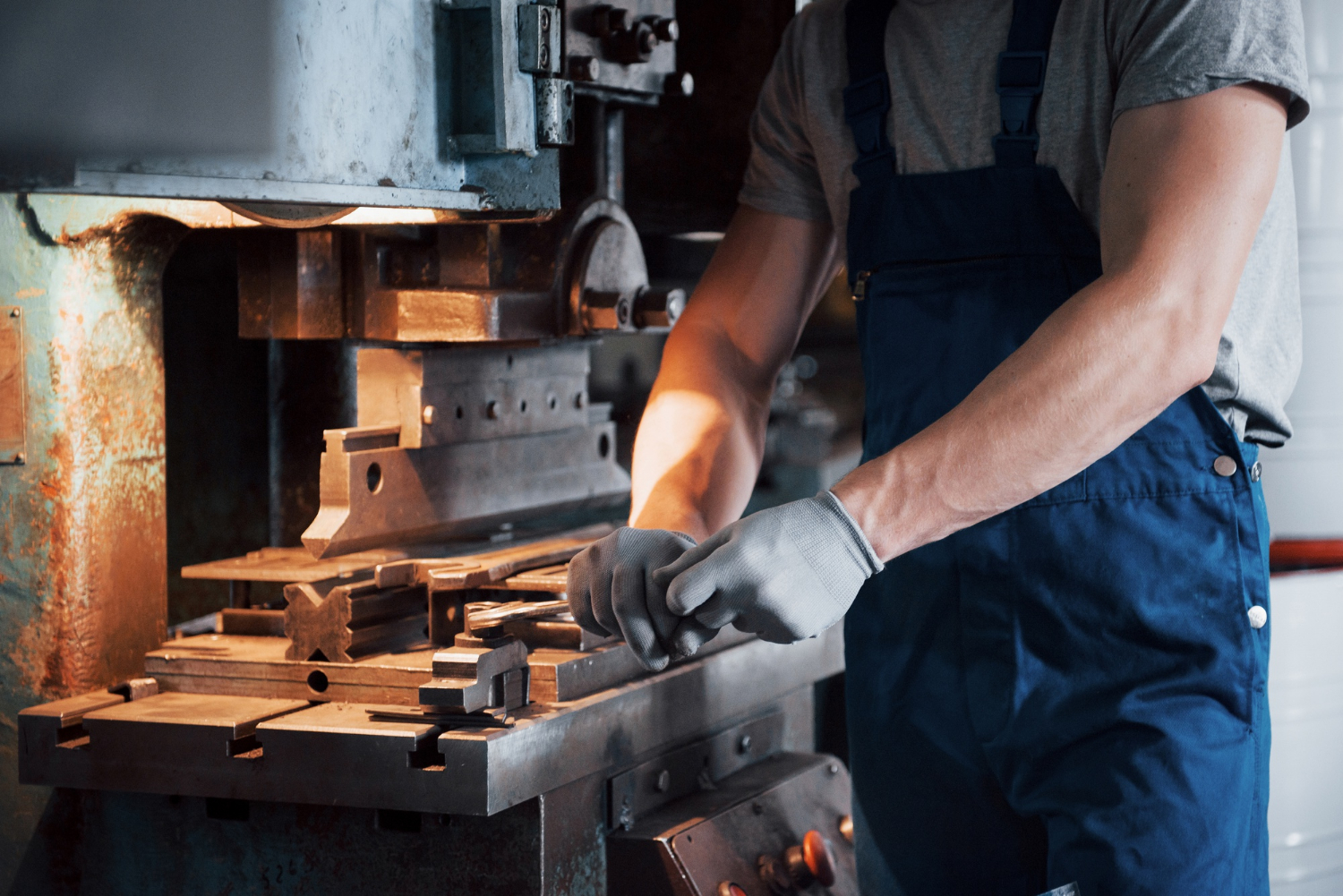Hydraulic cylinders are all around us; we can see them in excavators, trucks, forklifts, tractors, aerial platforms, mining equipment and so on. A hydraulic system is a technique in which fluid, most commonly hydraulic oil, is used to transport energy from a motor to an actuator, typically, a hydraulic cylinder.
Big and small hydraulic cylinders are frequently seen at work in both industrial applications (including hydraulic presses, forges, cranes and packing machines), as well as mobile applications (such as agricultural machines, marine equipment and construction vehicles).
Excavators, loaders, balers, telehandlers, man-lifts, drill-rigs and dump trucks all need them, so does the operation of booms, arms, lifts, platforms and buckets. Pushing, pulling, lifting and lowering using hydraulic cylinders is the most effective and efficient method. Let’s dig deeper into what these are and what are their industrial uses.
What Are Hydraulic Cylinders?
The first hydraulic cylinders were invented in the late 1800s. The hydraulic system is based on Pascal's law of fluid pressure, which asserts that when pressure is given to a fluid, it will exert an equal amount of pressure in all directions. A hydraulic cylinder is a component of the hydraulic system of a machine. Simply put, a small hydraulic cylinder is a hydraulic actuator that converts hydraulic energy into a mechanical movement to provide linear movement. The hydraulic cylinder is similar to a muscle in which it causes movement using the machine's hydraulic system.
Hydraulic cylinders can be single-acting or double-acting. Single-acting cylinders, as the name implies, only function in one way; hydraulics move the rod in one way, and the counter motion is caused by the cylinder itself, a mechanical structure or an external load. A forklift truck is an example that uses single-acting hydraulic cylinders.
Double-acting hydraulic cylinders function in two directions; the cylinder is pushed back and forth or out and in with hydraulics. The piston separates the chamber and moves the rod as it is affected by the oil pressure - the oil affects the piston's front or back when the cylinder rod moves in both directions. Excavator booms, for example, use double-acting cylinders.
Let’s explore how else hydraulic cylinder services are used in various industries.
Industrial Uses of Hydraulic Cylinders:
Even though there are a few variations, they always have the same basic components: the piston and barrel. The head, base, piston rod, deals, welded port, flange, rod end, bearings, bushes and other tiny parts are also included. These components are assembled by a hydraulic cylinder manufacturer for the equipment to function properly.









 Erika Rhein, the contributing author and the professional blogger by profession. With years of experience, I now focus on writing blogs on varied niches. Being a research enthusiast, I like to provide my readers with the useful and informative articles on the different topics they are looking for. I aim to create a difference through my writing.
Erika Rhein, the contributing author and the professional blogger by profession. With years of experience, I now focus on writing blogs on varied niches. Being a research enthusiast, I like to provide my readers with the useful and informative articles on the different topics they are looking for. I aim to create a difference through my writing.
0 Comments